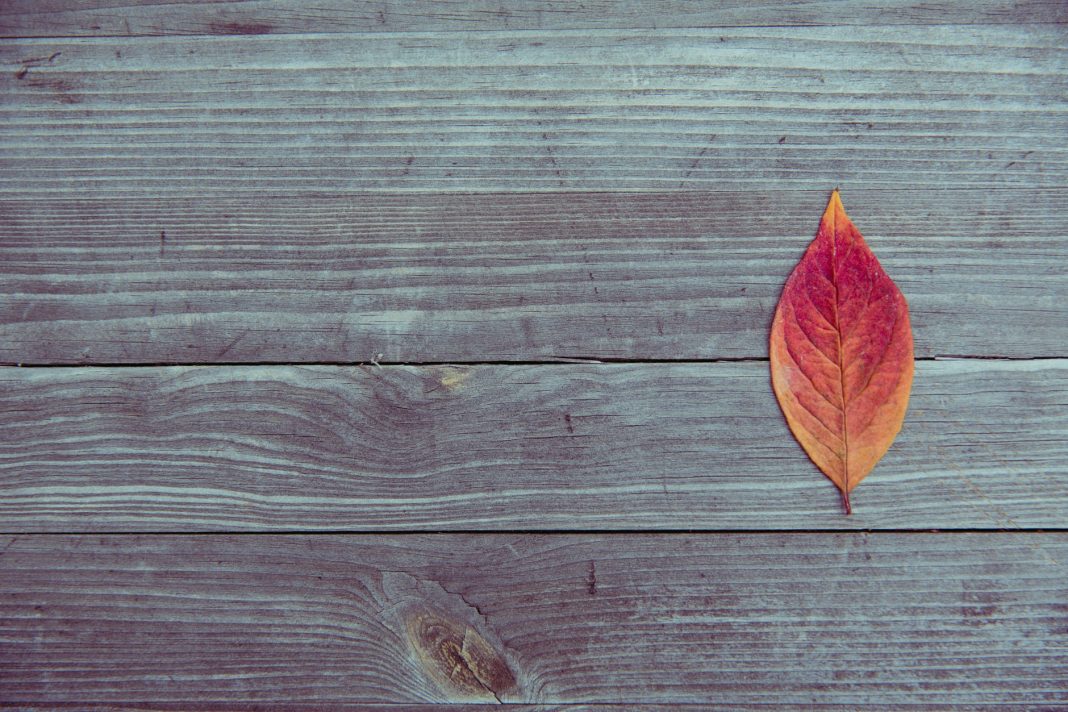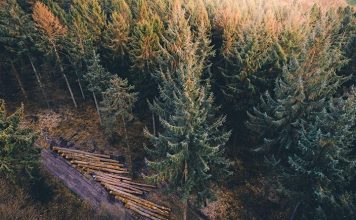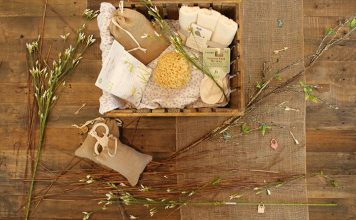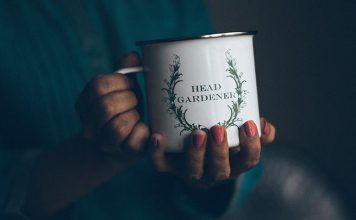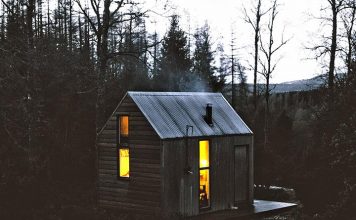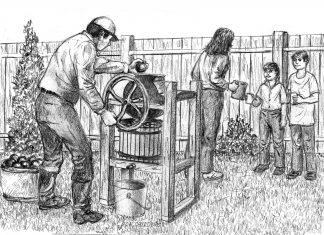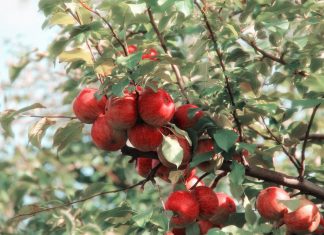| Issue #41 • September/October, 1996 |
Leaves are an excellent way to add organic matter to the garden. However, using rawor unprocessedleaves has some drawbacks. Raw leaves are more acidic than composted leaves, and studies have shown that they take nutrients from the soilparticularly nitrogenas they decompose. Because of this nitrogen depletion, adding raw leaves to your garden can reduce the yield of vegetable crops.
The solution to the problem is to compost the leaves and add the compost to the garden. The drawback to this approach is the time required to make the compost. In northern climates, it is even more difficult and time-consuming to make compost, because the leaves freeze solid, and the breakdown of the leaves is often incomplete come springtime.
A good compromise is to make and use leaf mold. Leaf mold is a halfway step in the process that turns raw leaves into composted matter. To make leaf mold, take raw leaves and shred them by running a lawnmower over the leaves. The shredding of the leaves greatly accelerates the breaking down process. I empty the mower bag into a plastic bag and add a handful of lime (to counter the acidity of the leaves) and a cupful of blood meal (to provide nitrogen). Then I dampen the leaves and shake the bag well.
Every few weeks, I open the bag and stir up the leaves. When the leaf mold freezes, I break it up as much as possible. Come springtime, the bags are full of friable black leaf mold which I spread right over the garden plot and till in. Studies have shown that leaf mold holds at least five times as much moisture as ordinary topsoil, so I always apply it to my flower beds instead of peat moss.
The advantages of leaf mold are many. It provides the tilth and moisture-holding capacity of compost and peat moss, but it’s easier to make than compost and far cheaper than peat moss. While it doesn’t provide as much nitrogen, phosphorous, and potassium as manure, it is rich in calcium and magnesium, which are essential for healthy vegetables. Best of all, the raw materials of leaf moldleavesare abundant in much of North America.


